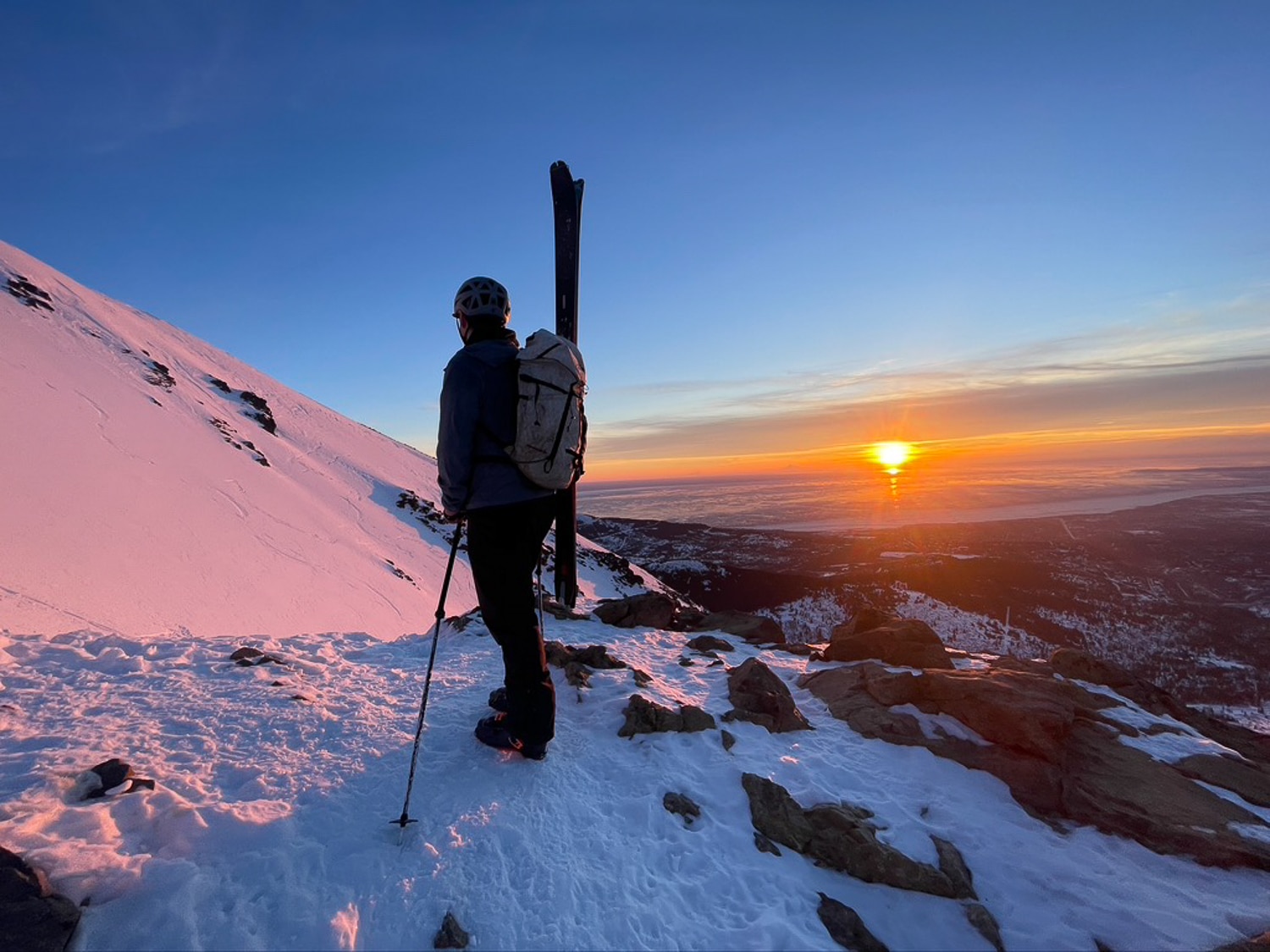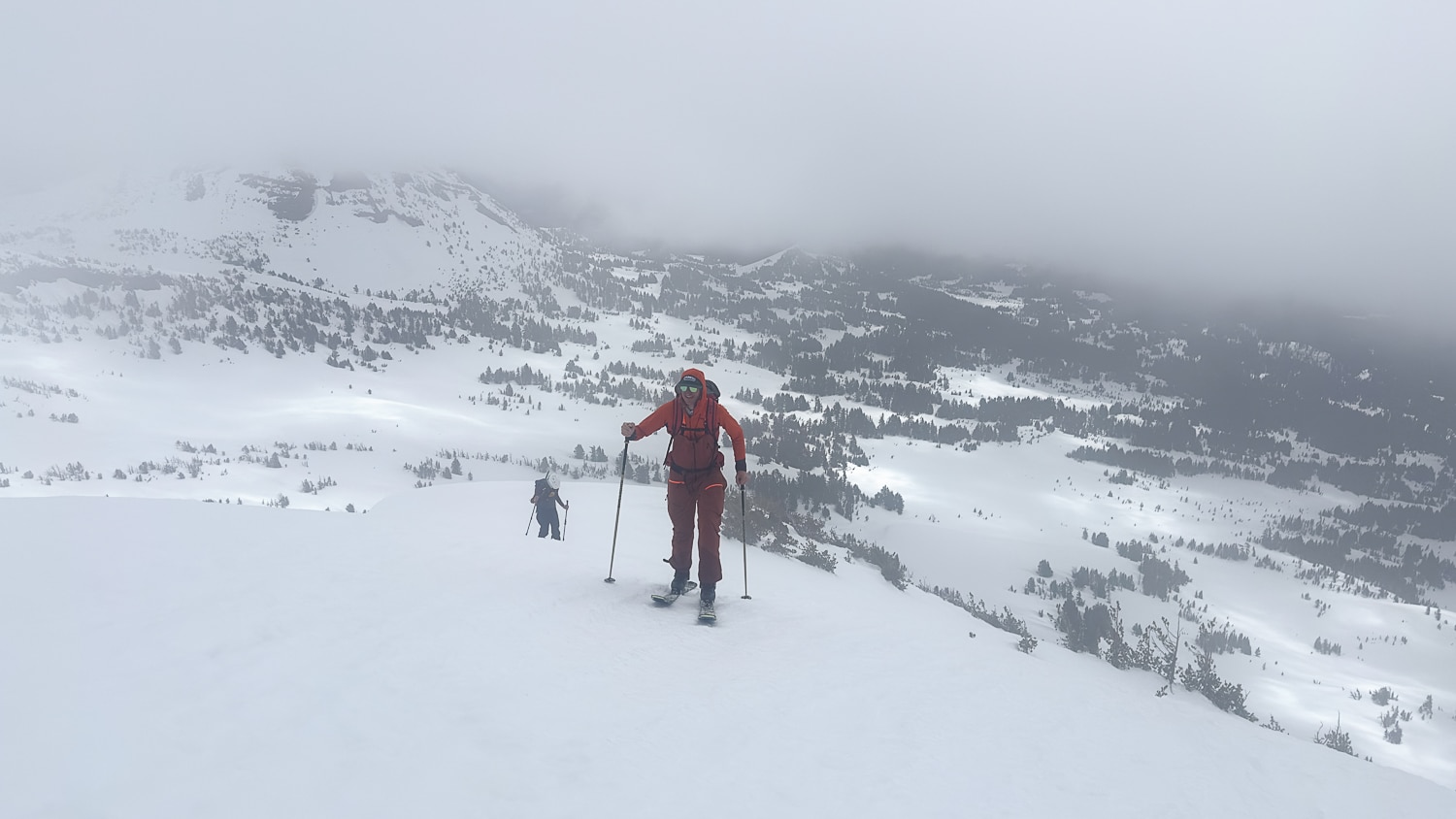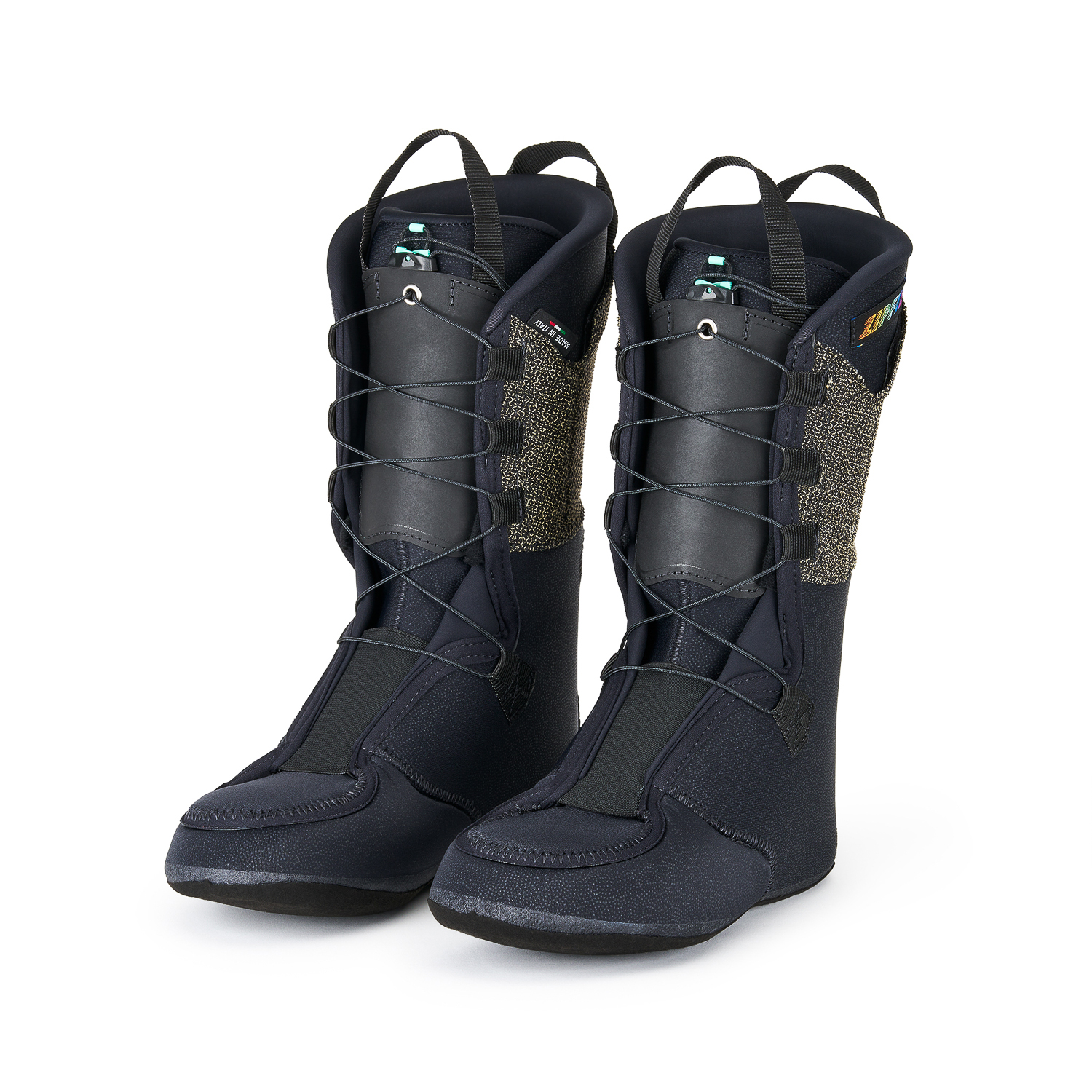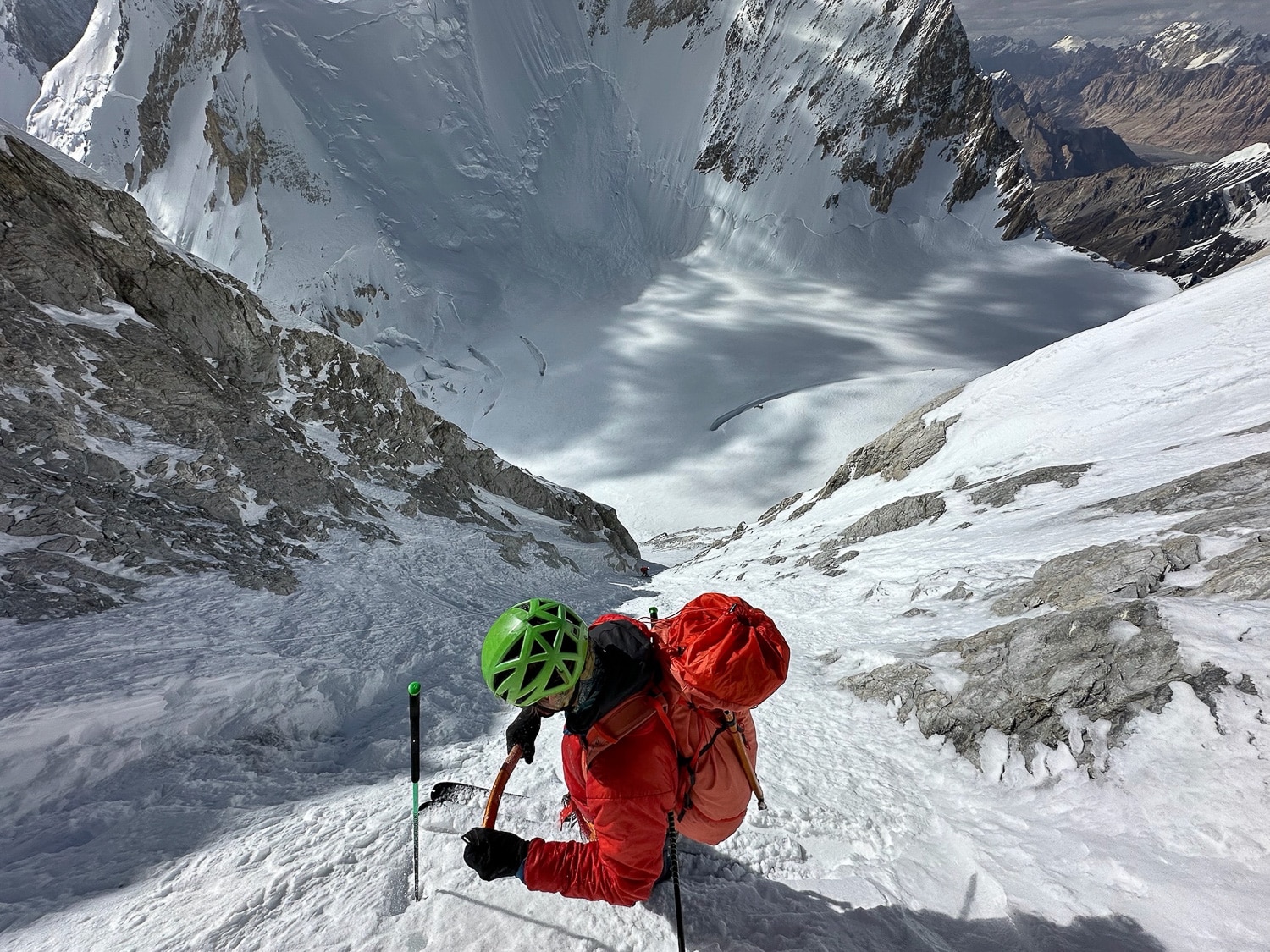Avalanche reports, submitted by a regional/local forecasting center or backcountry enthusiast, are learning opportunities for the rest of us. Daily routines here at THR involve looking at some interesting avalanche incident reports across North America and Europe.
Two recent incidents in Colorado are noteworthy. And they are worth bringing to our readers’ attention. Both incidents involve springtime couloir skiing.
Dead Elk
The first incident involved multiple skiers. According to the observation reported by a bystander on April 20, who was in the same zone as Dead Elk Couloir, where the avalanche occurred, many people were near the slide. Dead Elk Couloir extends down Flattop Mountain in Rocky Mountain National Park.
The reporting party, Thaddeus Baringer, with eyes on Dead Elk wrote the following:
“Large slide from Dead Elk. My party was on the lake debating if the north facing aspect was still cold enough to go up when we saw this slide with at least 4 people caught as visible in the image. We heard from another party that 13 people were involved, although I’m not sure if everyone was caught or if it was 13 people in the couloir or what. Another party doing a mountaineering class went over to assist the people who got caught. We also saw an additional two slides come down from Dead Elk in the next 30 minutes as we ascended the apron between Dragon Tail and Dead Elk. Looked to be wet slabs I think. Also saw two wet loose point releases. Heard that Dragon’s Tail also slid earlier in the morning triggered by someone skiing it.”
CAIC’s forecast for the day called for above tree line wind slabs extending from N to E facing slopes as the primary hazard. The day’s danger rating was 1.

A picture tells 1000 words. Yet, still, it only tells part of the story. The image posted on the CAIC site from the observer shows many people in Dead Elk’s (left) and Dragon’s Tail (right) runout zones. Although this individual was unclear to the precise number of skiers/riders caught, another CAIC observation from the 20th was posted by a party member caught by the slide.
The observer, Max Brand, wrote:





Leave a Reply
You must be logged in to post a comment.